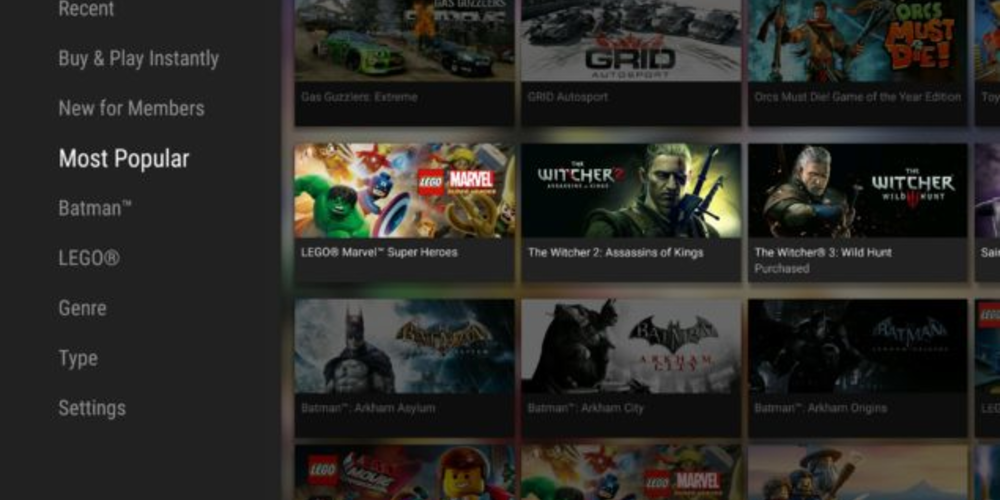Subscription Services in Gaming: A Leap Forward or a Trap for Players?
- 63

The gaming industry is continually evolving, with new technologies and business models emerging that reshape how we think about and interact with video games. One of the most significant shifts in recent years has been the rise of premium subscription services. Companies like Apple and Google have jumped onto this bandwagon with their respective offerings, Apple Arcade and Google Play Pass. These services promise a buffet of games for a monthly fee, leading to a paradigm shift in consumer habits and developer revenue streams. But as with any significant change, there are both bright spots and shadows in this landscape. This article will delve into the nuances of this trend, exploring the various implications for gamers and creators alike.
The Allure of Unlimited Play: Benefits for Gamers
Subscription models have undeniably changed the landscape for gamers, offering a plethora of advantages that cater to our desire for variety and accessibility. Consider the following perks:
- Cost-Effectiveness: For a single, often reasonable monthly fee, players gain access to a vast library of games, which can include both indie titles and blockbuster hits. This can be much more wallet-friendly than purchasing games individually.
- Diversity of Choice: Subscriptions encourage exploration. With no additional cost per game, players are more likely to try genres and titles they might have otherwise ignored.
- No Ads or In-App Purchases: Many subscription services offer games devoid of the interruptive ads and in-app purchases that can plague free-to-play titles, leading to a purer gaming experience.
- Family Sharing: Some services allow family sharing, making it easy for multiple users to enjoy the library without purchasing individual games for each person.
These advantages have made game subscriptions a popular choice for many, but it's not all fun and games. Let's examine some potential drawbacks.
The Flip Side: Considerations and Concerns for Consumers

Despite the obvious attractions, there are some concerns that come with subscription-based gaming. Here are a few to consider:
- Analysis Paralysis: With so many games available, players can become overwhelmed by choice, leading to a paralysis of sorts where they end up scrolling rather than playing.
- Subscription Fatigue: As more companies launch their own services, consumers might feel the pressure to subscribe to multiple offerings, leading to a mounting monthly bill and subscription fatigue.
- Game Availability: Games can leave the subscription service, meaning you might not have permanent access to your favorite titles.
- Network Dependence: Many subscription services rely on streaming, which can be a problem for those with unreliable internet connections.
Now, let's switch gears and look at how this model affects the creators of the games we love.
The Developer's Dilemma: Navigating the New Normal
For game developers, particularly independents, subscription models offer both new opportunities and challenges.
- New Revenue Streams: Subscriptions provide developers with a steady income source, which can be especially beneficial for indie creators who might struggle with the traditional sales model.
- Exposure and Audience Growth: Being part of a subscription service can significantly broaden a game's reach, introducing it to players who might never have discovered it otherwise.
- Risk Reduction: With guaranteed revenue, developers might feel more secure in taking creative risks, potentially leading to more innovative and varied games.
However, this model isn't without its pitfalls for developers:
- Revenue Sharing: The specifics of how revenue is divided between the service provider and developers can vary, and some argue that it might not always be fair or sustainable for creators.
- Discoverability: While a subscription service can help a game get noticed, the sheer volume of available titles can also mean it gets lost in the shuffle.
- Pressure to Conform: Developers might feel pressured to design games that fit within the expectations of the subscription service, potentially stifling creativity.
Lastly, let's consider the broader implications for the gaming ecosystem.
Shaping the Future: The Broader Impact on the Gaming Ecosystem

The shift toward subscription models has ripple effects beyond individual players and developers. The entire gaming ecosystem is feeling the impact:
- Industry Dynamics: Subscription services are reshaping the power dynamics within the industry, with platform owners potentially gaining more control over which games are seen and played.
- Game Design: There's a potential for games to be designed with the subscription model in mind, possibly leading to changes in game length, content, and structure to fit the expectations of subscribers.
- Longevity and Preservation: The question of game preservation becomes more complicated. As titles are cycled in and out of subscription libraries, future access to them is not guaranteed.
In conclusion, while subscription services in gaming offer numerous benefits to consumers and developers, they also present a set of challenges that need to be navigated carefully. As the industry continues to adapt to this model, it's crucial for all stakeholders to stay informed and engaged, ensuring that the gaming landscape remains vibrant, diverse, and fair for everyone involved.